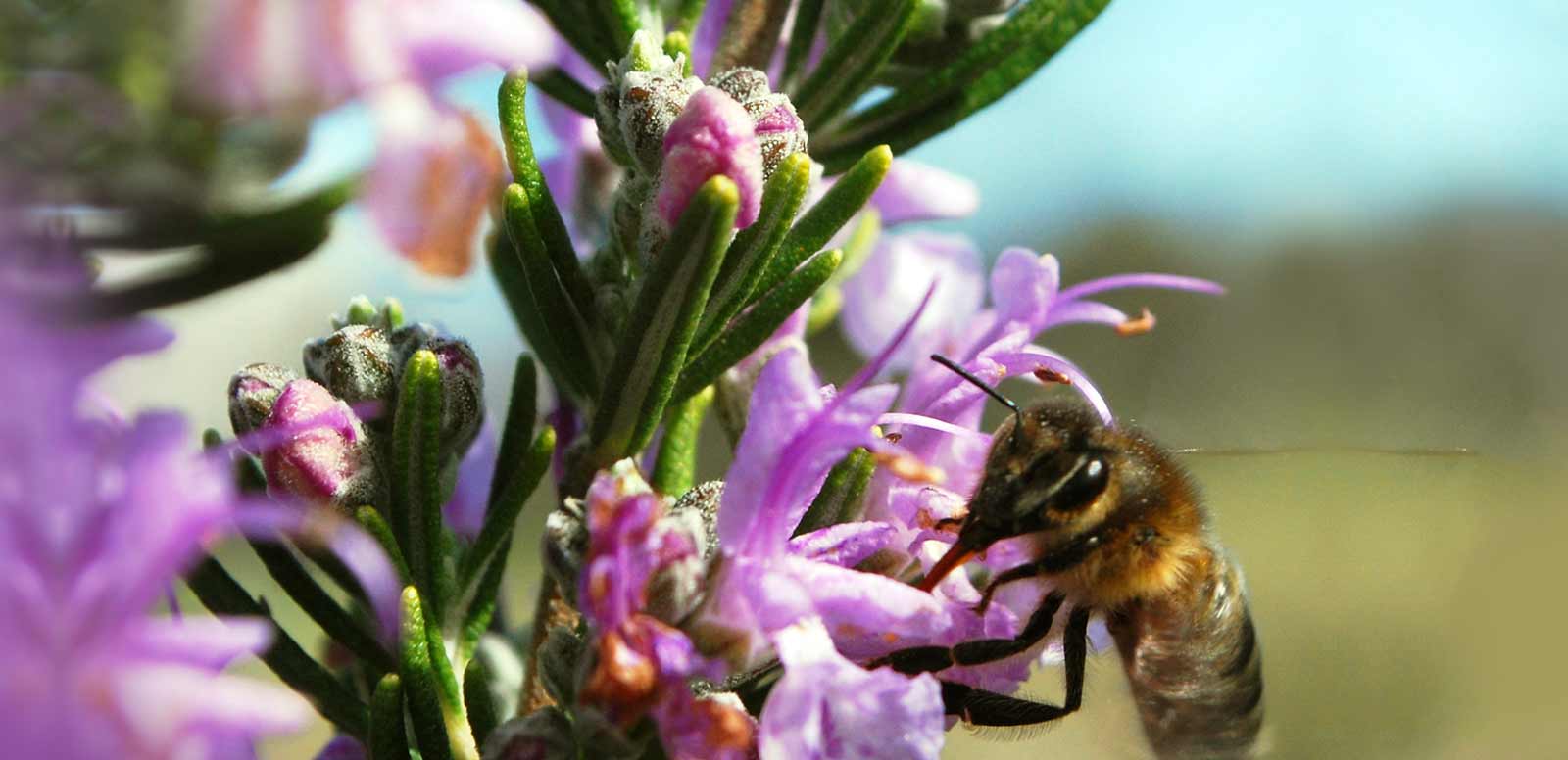
Why Organic & Sustainable?
Thaddeus Barsotti
Second-Generation Organic Farmer
Sustainable Agriculture

The best and most sustainable farms and food systems are the ones that focus on the right blend of economic and environmental sustainability – these are the food systems that will nurture the unborn generations from whom we are borrowing these resources.

What Does it Mean to be Sustainable on a Farm?
Our beloved, late mother, Kathleen Barsotti, asked me a question that I love to repeat:
“Thaddeus, what is the most sustainable part of this farm?”
It was a trick question. She watched me think it over and respond with the obvious answers as I was eager to show that I understood farming.
I asked: “The land? The water? The seeds? The air? The employees? The customers?”
After enough guessing she answered “No, The bottom line is the most sustainable part of this farm. Without a profit, this farm would cease to exist, and we would no longer be able to influence any of those things.”
It was a big lesson for a young teenager, one that is still settling in almost 20 years later. Sustainable agriculture is the management of a food system that will produce the same volume and quality of food with the same amount of resources in perpetuity.
It is tempting to only address the environmental part of sustainability, focusing on eliminating the use of fossil fuels, not transporting products extreme distances, minimizing soil tillage, not adding any external fertilizers, using only heirloom seed varieties and water crops just enough to keep them alive. The reality is that farming systems that focus solely on the environmental aspect, unless backed a deep-pocketed investor, may go out of business and unfortunately, their land may be picked up by other farming systems that while adept at being economically sustainable, may not even care about environmental sustainability.
Sustainability is About Trust
There currently is no standard, no certification that monitors or assures that a comprehensive approach to perpetual sustainability reaches the consumer. At this point, the only method that enables a consumer the confidence in knowing that they participating in a genuinely sustainable food system is the transparency and trust forged between a customer and farmer.
Thank you for getting to know and become part of our farm family.
Organic, Explained.

What does certified organic mean?
From certification and field admendments to farm workers and you...






